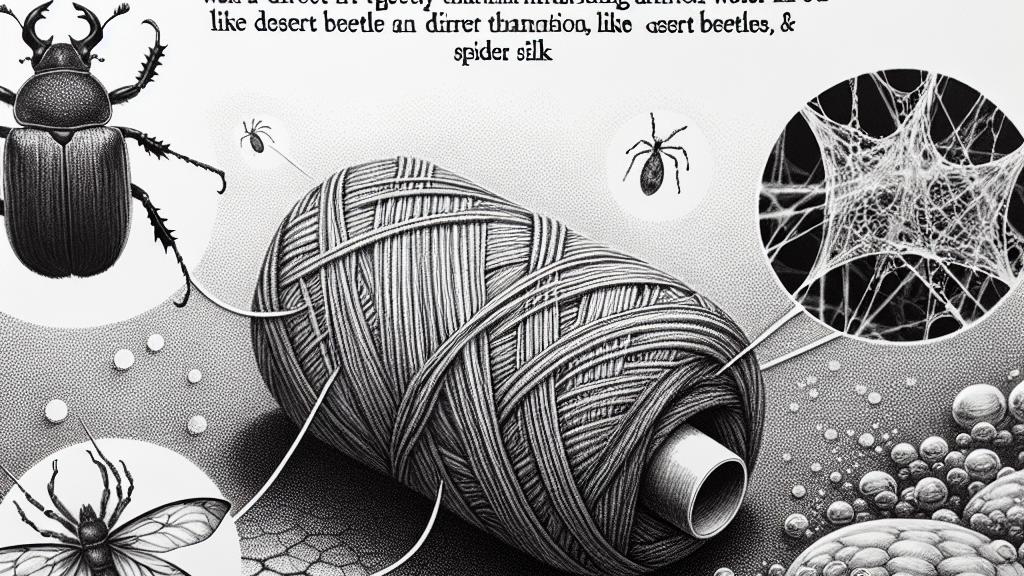Innovative Yarn Harvests Water From Fog Inspired by Nature
Overview
- A revolutionary bioinspired yarn provides an efficient method to collect water from fog, addressing water scarcity issues.
- This yarn uniquely combines hydrophobic and hydrophilic properties to enhance water collection rates significantly.
- With potential applications in arid regions, this innovation showcases the power of nature-inspired designs for sustainable solutions.

Introduction to Bioinspired Water Harvesting
In an exciting advancement from China, researchers have unveiled a groundbreaking yarn that can harvest water directly from fog—a remarkable feat inspired by nature's ingenuity. Imagine a solution that not only tackles the growing water crisis but also draws from the shifts in the natural world around us. This innovative yarn mimics the water-gathering techniques of desert beetles and spider silk, representing a significant leap forward from traditional methods that often struggle with efficiency and energy consumption. By utilizing this bioinspired approach, we are opening doors to new possibilities for freshwater accessibility, especially in regions where water scarcity is an everyday challenge.
Mechanics of the Yarn Design
Delving into the mechanics of this unique yarn reveals a sophisticated design that interlaces hydrophobic and hydrophilic properties. Hydrophobic sections quickly attract and accumulate water droplets, while the hydrophilic parts effectively transport these droplets toward collection points. Picture this mechanism functioning like a well-oiled machine—optimized for efficiency! During testing in controlled fog conditions, the yarn achieved an astounding water collection rate of 3.20 g·h−1·cm−2—far exceeding the capabilities of conventional yarns. This results in a technology that could become a beacon of hope for those living in fog-rich environments, setting a new standard in water harvesting strategies.
Broader Implications and Future Prospects
The implications of this innovative yarn extend far beyond a mere scientific breakthrough; they resonate with communities worldwide, painting a vision of hope for those suffering from water shortages. Envision a future where capturing atmospheric moisture becomes a common practice, transforming the way we secure freshwater resources! This research exemplifies the powerful concept of biomimicry; it demonstrates how the remarkable adaptations found in nature can inspire human ingenuity in solving critical issues. As we look toward the horizon, this revolutionary design not only holds promise for improving water access in drought-prone areas but also paves the way for future innovations in water-harvesting technologies that could reshape sustainable practices on a global scale.

Loading...